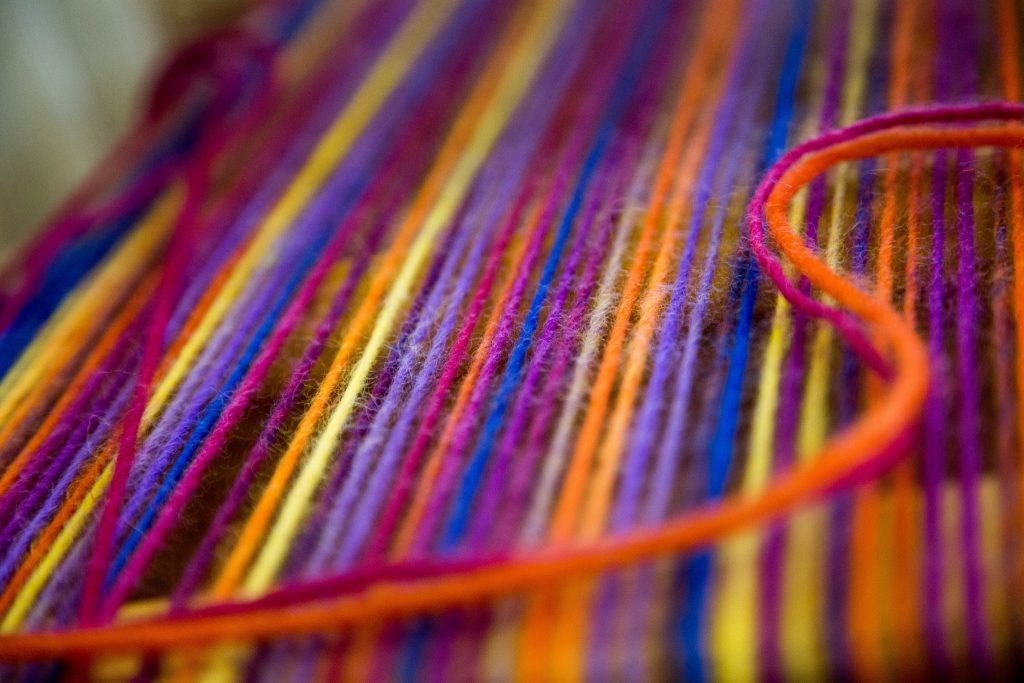3 ways project timelines can increase business productivity
Team projects are a great concept. Pool your colleagues’ diverse talents and skill sets, increase productivity and learn from some valuable skills from your team mates. What could go wrong?
How about delays due to lack of communication? Creativity being killed thanks to too much wasted time and over-analysis? And of course, an unrealistic delegation of workloads so some of your team members burn out before you cross the finish line? Yep, we’ve all faced these too-familiar pain points in our working life.
Because, in the real world, projects end up far from where they started. Some team members are enthused, some are uninterested, some go wildly off piste and some are firmly by-the-book.
To avoid these common pitfalls of project management, set realistic and comprehensive timelines that allows your whole team to get on board and –most importantly – stay on board until the triumphal end.
3. A timeline renders complex information in a clear and simple format
Gantt charts and timelines aren’t just pretty ways to show data and work schedules – they make everything clearer for all parties involved.
Complex layers of tasks can be intuitively understood in the context of the whole. Each task’s level of progress is clearly, visually depicted so you can tell at a glance just how close you are to that looming project deadline.
This makes assimilating all that project data easier – despite the inevitability of lots of people planning and working in lots of different ways, these charts allow for one consolidated view of your project.
Timelines and charts are a simple, intuitive way for every type of brain to imbibe complex information and data. In the age of the infographic, this is how people interact with data now – so it’s high time to replace your old Excel sheets that can only be deciphered by the person who made them!
2. Timelines help foster a better understanding of the big picture
Dynamic, visual displays of a project’s progress allow all members of the business to view their projects within the bigger picture. All team members will understand how their tasks contributes to the ultimate deadline, and how their project’s progress is inextricably linked to their colleagues’ progress.
This leads to a smoother workflow, a personal sense of accountability, a breaking down of silos… And, ultimately, better teamwork.
And the upshot of all these great results? Team members who are better informed about the project’s bigger picture will be more confident in working with others they had previously never thought of collaborating with, and will be more open to finding better ways to distribute the work.
1. A timeline also helps in future planning and the gathering of good data
Clear timelines and visual aids will continue to help over time as you and your team get better at playing to your strengths and making more realistic predictions.
An easily tracked, clear timeline can help with post-project analysis: The team will be able to see when delays happened, work out how they were caused, and act on this during their next project. No need for water cooler gossip or finger-pointing either – the numbers and the visuals speak for themselves, and if someone isn’t putting in the work, it’ll show in pretty colours.
If poor planning is the issue, it’ll show clearly too. And when a colleague is killing it with their deadlines, their constructive contribution will be there for all to see!
Of course, your charts and visual aids will only ever be as good as the data imputed by the team – and a busy team doesn’t need extra work! That’s why you need a user-friendly platform to collate all the information.
Whatever platform you choose to host your timeline or Gantt chart, it needs to be simple – the changing of the planning view should be a breeze, collecting and keeping data in one place needs to be efficient and intuitive.
Don’t leave here without checking how we help with timelines and Gantt charts – you’ll be surprised how simple we can make teamwork be!
Photo Credit: “Weaving Loom 2” / Mike Russell / >CC BY
